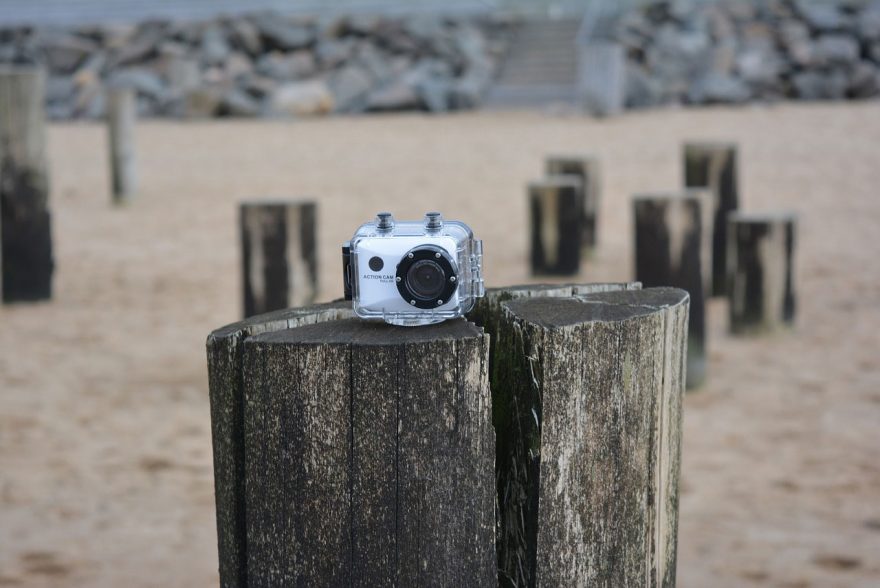
These days, action cameras creep into many people’s “10 essentials” list. This is partly thanks to how easy it is to share your adventures on social media and the advancement in technologies that makes capturing your trips so easy.
Even on some fairly small pocket-sized cameras, you can capture incredible scenes which would actually be hard to get with a bulkier professional camera. Devices, like a GoPro, are so versatile and can be placed literally anywhere; the side of your helmet, on your skis or on your surfboard to name a few.
It is true to say that these kinds of cameras are completely changing the way we play outdoors. The thing about action activities is that it is easy to miss a moment. Perform an insane jump while snowboarding? You better hope you caught the nicely on your camera.
In this article, we’re going to share a few tips and tricks on how to up your action cam game.
Read the Manual
We know, we know… Nobody actually wants to do this, but seriously, you will learn some incredibly useful tips on all the different functions. By reading the manual, you will discover some functions you wouldn’t otherwise know were there. This will give you a lot more flexibility and choices for capturing your activities.
Practice Before Heading Out
It’s worth practicing at home with your camera lots of different scenarios, positioning, and lighting. You will be able to see how the camera reacts to different lighting and what angles look best. This will save you the heartbreak of checking your footage to realize you recorded everything at an annoyingly low angle or poor lighting.
It will also mean that you can get used to how the camera works, which will save you the hassle when out and about and all you want to do is hit record.
Take this time to mess around with the settings of the camera and familiarize yourself with what works best for the way you’ll be needing it.
Invest in a Good Memory Card
Your choice of memory card can affect the quality of footage you get. Furthermore, the size of memory card will obviously dictate how many hours of footage you’ll be able to save. It’s worth checking that your memory card is compatible with your camera, as some can vary. Consider taking an extra memory card with you in case you run out of space.
Tips for Slow Motion
In order to shoot in slow motion effectively and for it to look as good as it can, you need to shoot in as high FPS (frames per second) as you can. Your camera will likely have it set by fairly low by default, maybe around 30fps, so you’ll need to dig into the settings to change this.
Tips for Editing
Capturing the footage is one thing, but your edit is what really makes it work nicely. Try to keep each clip relatively short, probably only a few seconds. This will keep your viewer’s interest up, making your video more interesting overall. When editing, you should always try to think of fighting to keep your audience’s attention for as long as possible.
You should also try to keep the total length of the video relatively short as this will encourage more people to watch it right the way through and not be put off by length. That said, you can get away with longer videos if they are entertaining/intriguing until the end.
There is plenty of decent free software you can use to edit videos, like iMovie and some apps for your smart phone. If you want to take it a bit more seriously, you can take a look at Adobe Premiere Pro, which is considered professional standard editing software.
 Your Privacy Choices
Your Privacy Choices